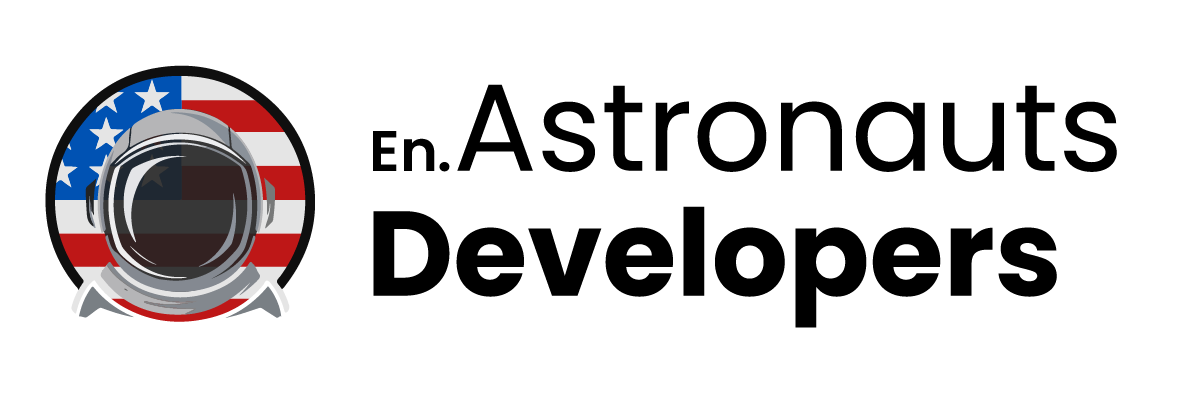Ever wondered why some loans need collateral while others don’t? Knowing the difference between secured and unsecured loans is key to smart financial choices. With many borrowing options out there, picking the right one is vital.
This section breaks down the main differences to help you navigate loan terms and agreements. It also looks at recent borrowing trends in the United States. This information is crucial for making informed decisions. Find out more about a complete loan application guide.
As the article progresses, comments will be made on the documents required to apply for a loan.
Understanding Secured Loans: An Overview
Secured loans are a type of loan where you put up something valuable as collateral. This can be a house or a car. If you can’t pay back the loan, the lender can take the collateral.
Home equity loans and auto loans are common examples. Home equity loans let you use your home’s value to get money. Auto loans help you buy a car by using the car as collateral. These loans have clear rules and terms.
Secured loans often have lower interest rates than unsecured loans. This is because the lender feels safer with collateral. Some secured loans also offer tax benefits, making them appealing to some.
This overview shows how secured loans work. It highlights the role of collateral in borrowing. Understanding these details can help borrowers make informed choices.
See more content that may be relevant:
- Understand the Impact of Credit History on Loan Rates
- How to Avoid Common Pitfalls When Applying for Loans
- The Best Methods to Protect Your Personal Data When Applying for Loans
What Are Unsecured Loans?
Unsecured loans are a way to borrow money without needing to put up collateral. This means you can get funds based on how good your credit is. Personal loans and credit cards are common types of unsecured loans. Personal loans give you a set amount for a specific reason. Credit cards, on the other hand, let you borrow money as you need it.
One big plus of unsecured loans is how fast they can be approved. You don’t have to worry about losing something valuable if you can’t pay back the loan. But, there are downsides too. These loans often have higher interest rates and stricter rules about who can get them. Lenders look at your credit score and past payments to decide if you qualify.
Before taking out an unsecured loan, it’s important to read the fine print. Loan disclosures and financial contracts can help you understand what you’re getting into. Knowing this information is key to making smart choices and finding the right loan for you.
Key Differences Between Secured and Unsecured Loans
Secured loans need collateral, like a car or home, to secure the loan. This makes lenders feel safer, so they offer better rates. Unsecured loans don’t need collateral, but they have higher interest rates. The type of collateral greatly affects secured vs. unsecured loans and their costs.
Interest rates vary by loan type. Secured loans have lower rates because they’re less risky for lenders. Unsecured loans, without collateral, have higher rates. This makes borrowers think hard about their choices.
Getting a secured loan might be easier. Lenders might accept borrowers with lower credit scores. But, unsecured loans need better credit, making them harder to get. So, those with good credit might prefer unsecured loans, even with the higher costs. Check more about the differences and their particularities between safe and unsafe companies: Nerdwallet.
Benefits of Secured Loans
Secured loans have many benefits compared to other loans. One key advantage is the chance for lower interest rates. This is because lenders see less risk when you offer collateral. So, they can offer better terms than with unsecured loans.
Secured loans also let you borrow more money. For example, a homeowner can use their property’s equity to get a big loan. This is different from unsecured loans, which usually have smaller limits.
Secured loans also come with favorable loan terms. You might get longer to pay back the loan, which means smaller monthly payments. Some lenders even offer custom payment plans to fit your budget. This makes secured loans very attractive.
Choosing a secured loan can open up better financial options. It’s especially good for those who can use their assets wisely.
Risks Associated with Secured Loans
Secured loans come with risks that borrowers need to think about. One big risk is losing the collateral, which is used as security. If a borrower can’t pay back the loan, the lender can take the asset. This can lead to serious financial problems, like losing a home.
Another risk is financial default. Missing payments can lead to higher fees and interest rates. This can quickly make a borrower’s financial situation worse. It’s important to make sure you can afford the loan before taking it.
Defaulting on a loan can also hurt your credit score a lot. A bad credit score makes it harder to get loans in the future. Find out more about how to improve your credit score and optimize better loan offers. Keeping your credit score good is key, as any problem with a secured loan can affect it for a long time.
Studies show that many people struggle with secured loans. This shows why it’s crucial to know both the good and bad sides before committing.
Ideal Scenarios for Choosing Secured Loans
Secured loans offer great financial chances. They are perfect for those wanting to improve their homes. By using their home’s value, people can fund projects that increase their property’s worth.
Secured loans are also great for big buys like cars or fancy appliances. They usually have lower interest rates than other loans. This makes it easier to get what you need without breaking the bank.
For those with many debts, secured loans can help. They allow you to combine high-interest debts into one loan. This makes managing your money easier and can even help your credit score.
When to Consider Unsecured Loans
Unsecured loans are great for those needing cash fast. They don’t ask for collateral, which is good if you don’t have assets. The application process is simple, so you can get money quickly.
These loans are perfect for emergencies because they get approved fast. You can get the money in a few days or even hours. This helps when you’re facing unexpected costs.
Also, unsecured loans can help you build credit. Paying back on time can improve your credit score. This can lead to better loan terms and lower interest rates later on.
Before getting an unsecured loan, think about if you can pay it back on time. High interest rates can be a problem. Plan how you’ll pay it back to get the most out of the loan without risks.
Understanding Interest Rates and Fees
When you get a loan, knowing about interest rates and fees is key. Interest rates change based on different factors. This means borrowers have to think about the costs they might face.
Credit scores play a big role in the interest rates you get. A better credit score means lower rates. This is why paying on time and keeping your credit good is important. The state of the economy also affects rates, with lenders adjusting them based on current conditions. Explore how to get lower interest rates on loans.
The type of loan you choose affects the costs too. Secured loans often have lower rates because you’re using something valuable as collateral. Unsecured loans have higher rates because they’re riskier for lenders. It’s important to pick the loan that fits your financial plans best.
There are also extra fees to consider. Origination fees cover the loan’s processing, and late fees happen if you miss payments. Prepayment penalties might apply if you pay off your loan early. These costs add up, so it’s crucial to include them in your total loan expenses.
To fully understand your loan, you need to look at both interest rates and fees. Knowing these details helps you make better borrowing choices.
How to Apply for a Secured Loan
To apply for secured loans, knowing the process is key. Being prepared can help you get approved. Here’s how to go through it smoothly.
First, collect all needed documents. Lenders want to see your income, credit history, and collateral details. Having these ready makes the process easier.
Then, check your credit report for errors. Fixing any mistakes can boost your credit score. Also, look at your debt-to-income ratio to see if you can afford the loan.
Here are some tips to help you get approved:
- Ensure all documents are complete to avoid delays.
- Compare rates and terms from different lenders.
- Plan your budget to make sure you can afford monthly payments.
- Be open with lenders and answer their questions.
Avoid common mistakes like underestimating processing time or missing important details. By following these steps and tips, you can make the application process smoother. This will help you get the secured loan you need.
Conclusion: Making the Right Choice for Your Financial Needs
Understanding the difference between secured and unsecured loans is key. It’s a big decision that depends on many factors. You need to know your financial situation well to choose the right loan.
Secured loans might have lower interest rates but require collateral. Unsecured loans are more flexible but carry no risk of losing assets. It’s important to think about these options carefully.
Knowing your financial situation is crucial. You should compare the benefits and risks of each loan type. This way, you can make a choice that fits your needs.
Choosing between secured and unsecured loans depends on your financial goals. If you want to learn more, there are resources to help.
Check more about the documents required to apply for a loan:





